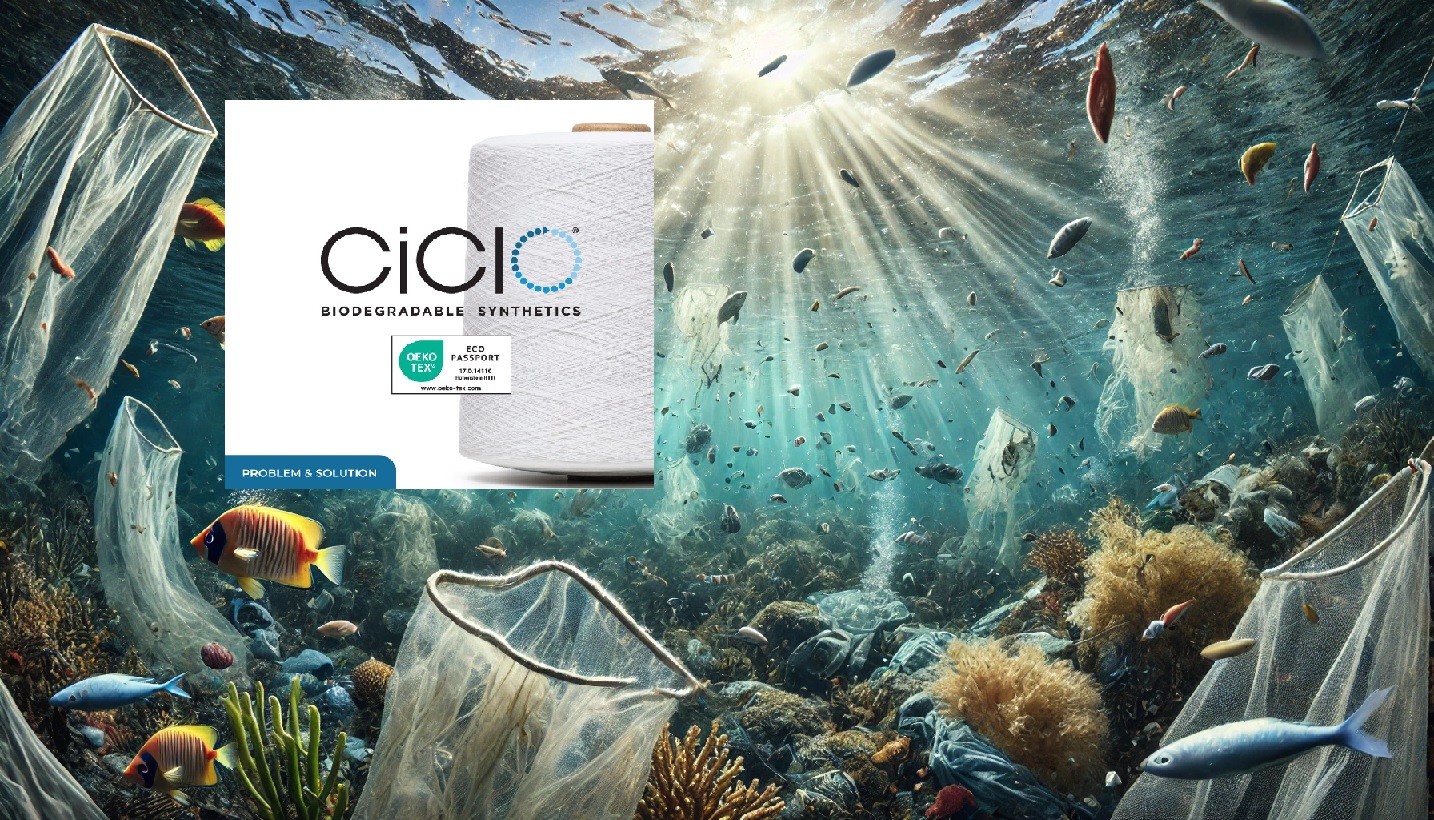Following image gives a quick summary of textile recycling methods:

Three textile recycling methods are explained in more detail as follows:
1. Mechanical Recycling
Mechanical recycling is a highly adaptable process in textile recycling due to its flexibility with input materials. The composition of the input material remains unchanged in the output material, provided no other fiber material is mixed in. This means that while the physical state of the materials changes, their chemical structure remains the same.
In this process, pre-cut textile pieces are torn apart by mechanical forces using machine elements. This process exerts high mechanical stress on the textiles, resulting in fibers or yarn pieces significantly shorter than primary fiber. The tearing process may also introduce dust contamination. In some instances, textile pieces are moistened before the tearing process to enhance processing, but no other substances or chemicals are needed. This method has a lower energy consumption compared to other recycling methods, making it relatively cost-efficient.
Mechanical recycling is already established on an industrial scale, with several manufacturers offering machines for the process. However, the application range of mechanically recycled fibers is limited due to the short fiber length of the output material. Products made exclusively from recycled fibers include paint fleece, cleaning rags, and shoddy fibers, which are mainly used in nonwovens applications. These applications are related to down-cycling, meaning the recycled material is of lower quality and functionality than the original material. These products are not reused afterwards, making it an open-loop process.
To spin the fibers into textile yarn again, mechanically recycled fibers are mixed with virgin fibers, which are significantly longer. The blending with virgin fibers has led to the use of these fibers in spinning mills. However, the mechanical recycling process should ideally be optimized to be gentler on the fibers, limiting the creation of short fibers, and resulting in more even fiber length distributions and longer fiber lengths. This would enable an increasing use of mechanically recycled fibers in short-staple spinning, improving yarn quality and serving a wider range of applications. The ultimate goal should be to enable closed-loop applications.
2. Thermo-Mechanical Recycling
Thermo-mechanical recycling is applicable only to synthetic textiles made of thermoplastic material. The plastic is melted under heat and pressure, and then extruded. The waste used must be free from contamination and pure. Any contamination with non-thermoplastic material can cause problems in the process. Even a small number of impurities can be troublesome. For example, small traces of elastane or natural fibers in textile waste could be problematic.
In this process, the material is drained into the re-granulator using a screw conveyor, where it is melted using built-in heating elements and frictional heat within the system. Volatile substances may be produced as a by-product of the melting process, which can be removed with a degassing system. The melt needs to be cooled (by water) for further processing. The cooled melt is then cut into short strands, forming the re-granulate, which can be further processed in a common production process. Since the molecular structure remains intact, the process offers a good foundation for maintaining high quality. Compared to mechanical recycling, the quality degradation should be significantly lower.
Currently, this process is mainly used for non-textile waste, especially PET bottles, and has already reached a commercial scale. However, the availability of PET bottles is limited, and the requirements on the feedstock are high, which reduces the amount of usable raw material. The process for applying this recycling method for textile waste, for textile-to-textile recycling is still under development.
3. Chemical Recycling
Chemical recycling involves breaking down textile polymers into their intermediate products. The process can be carried out down to intermediate or monomer level. These substances need to be purified for further processing, which is accomplished by filtration or separation processes. The pure polymers or monomers can be further processed into new raw material, in which the monomers must first be brought back to polymer level. Fibers can then be spun from this raw material. Since the basis is purified polymer or monomer, the newly spun fibers achieve a quality almost comparable to virgin fibers. However, the requirement for energy and chemicals is higher than with mechanical recycling.
Fiber blends present a major challenge in chemical recycling, where the aim is to dissolve both blend elements and then process them separately from each other. With most processes, only one type of fiber can be extracted from a fiber blend at a time. This means that many residuals are produced, which either must be further processed or, in the worst case, end up as waste.
When selecting chemical recycling, the type of waste is most important. At present, processes that go back to the polymer level are primarily used if the original material is cotton-based or MMCF (man-made cellulose fibers). The cellulose is extracted and a pulping process, as already used in conventional cellulosics processes, is applied.
Alternative process developments exist in which polyester or polyester/ cotton blends can be used. The principles vary. For example, it can be solvent-based or hydrothermal. As an end product, polyester melt is obtained, which can then be spun as new PET fiber.
For processes going back to monomer level, polyester or polyamide is preferable as the feedstock. The principle of the techniques can be different. For instance, they can work based on methanolysis, glycolysis, hydrolysis or also enzymatically. These recycling processes require additional processing from the monomer level (for example, mono-ethylene glycol [MEG] and purified terephthalic acid [PTA]) back to the polymer level, such as PET, before they can be re-spun back to fibers.
There are already several pilot plants where textile waste is chemically recycled, and new fibers are spun. Fiber production on a large commercial scales may be available in the coming years.
Frequently Asked Questions
What is Textile Recycling?
Textile recycling involves the collection and processing of old or discarded textiles, such as clothing, fabrics, and textiles from industrial processes, to either convert them into new products or use them in alternative applications.
What are the Techniques of Textile Recycling?
There are three main techniques of textile recycling: mechanical recycling; thermo-mechanical recycling; and chemical recycling
What is the need of Textile Recycling?
Textile recycling is crucial for several reasons:
- Environmental Benefits: It reduces the amount of textiles ending up in landfills, minimizing the environmental impact.
- Resource Conservation: Recycling textiles conserves resources like water and energy that are used in the production of new textiles.
- Economic Opportunities: It can create job opportunities in the recycling and upcycling industry.
What can be made from Recycled Textiles?
Recycled textiles can be used to create a variety of products, including: clothing items like T-shirts, dresses, pants, and accessories made from recycled fabrics such as plastic bottles or denim scraps. Additionally, recycled textiles can be used to create pillows, insulation, and furniture
Textile Recycling Near me
Finding a textile donating bin should be safe and easy, in USA! That is why you will find thousands of conveniently located American-Recyclers bright pink colored, professionally maintained textile recycle bins near your neighborhood and around town. American-Recyclers is textile service recycling company in the USA. American-Recyclers donation bins are found at local shopping malls, retail strip centers, apartment complexes or in your neighborhood community grocery stores. Items you can donate are used clothes, shoes, socks, belts, scarfs, hats, undergarments, and toys 24/365 days. Donated items are tax deductible.




